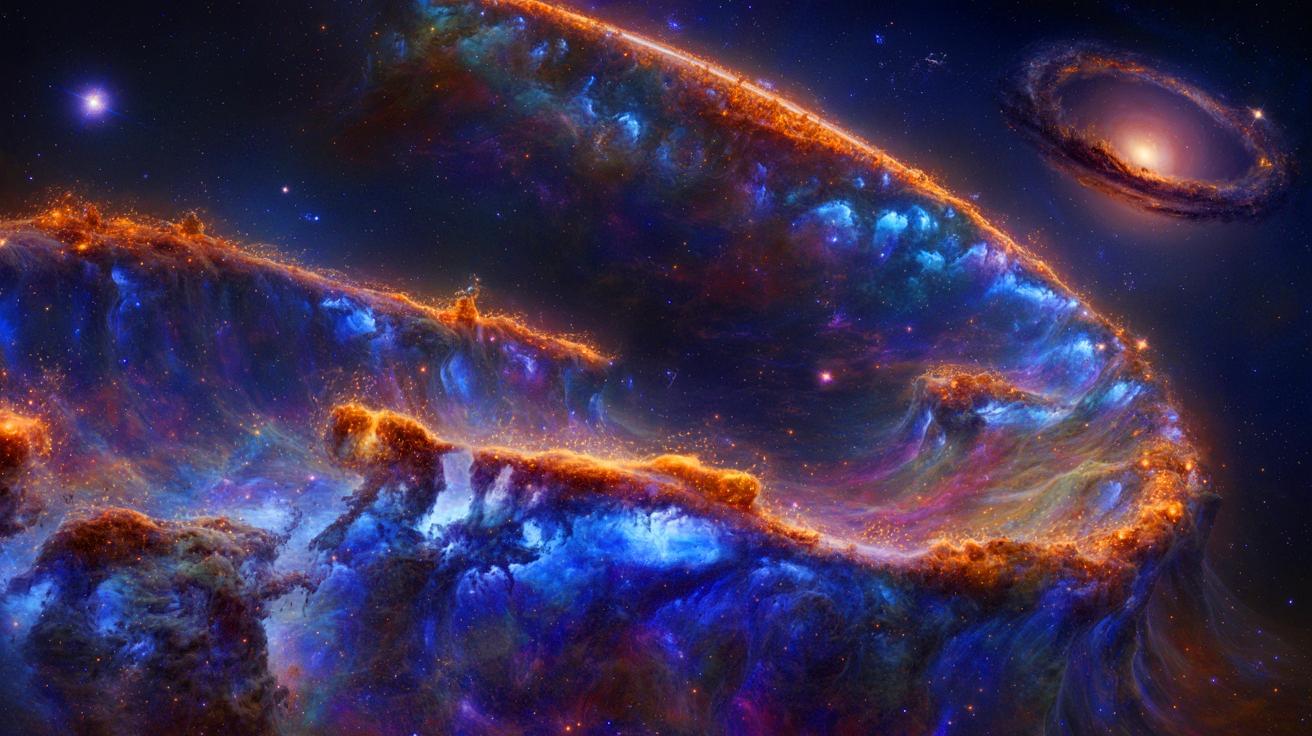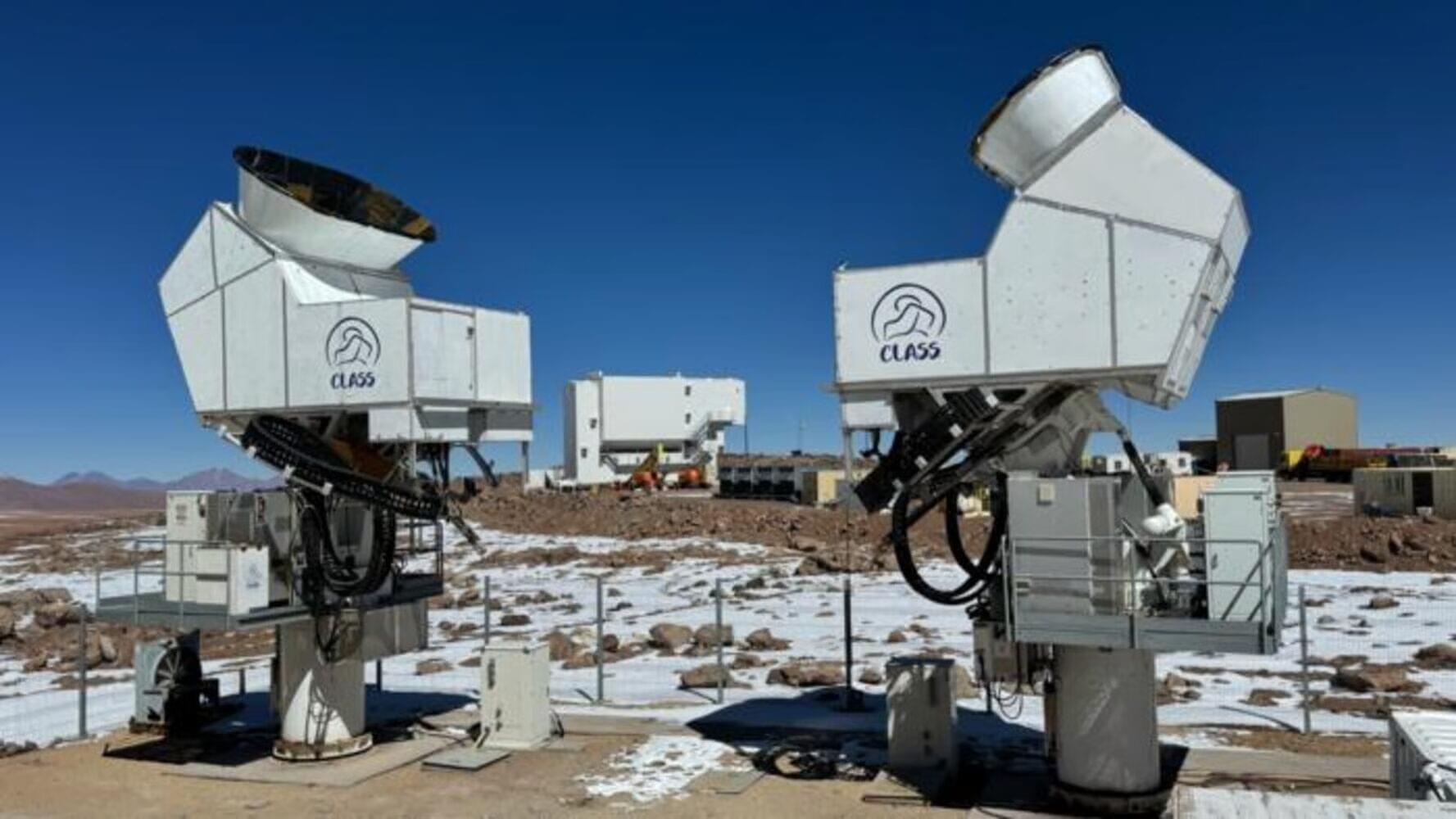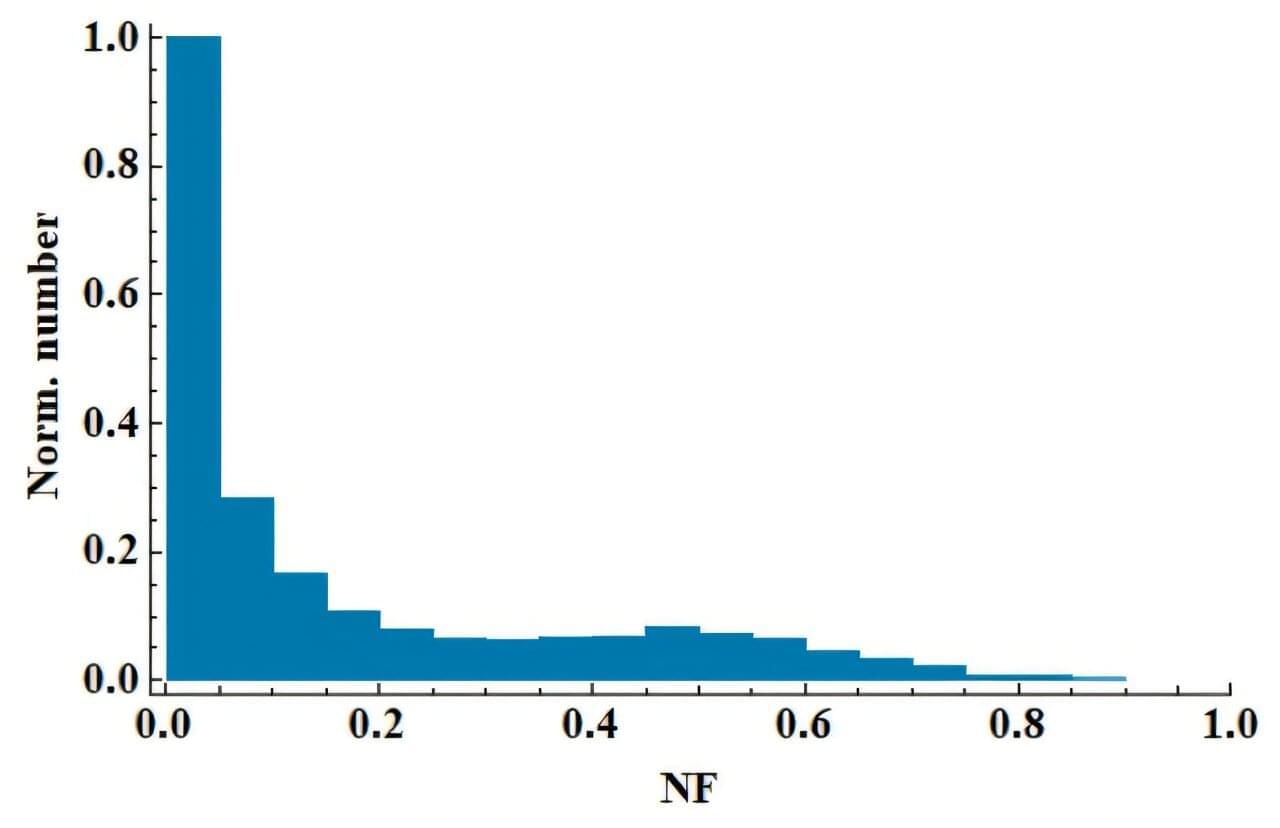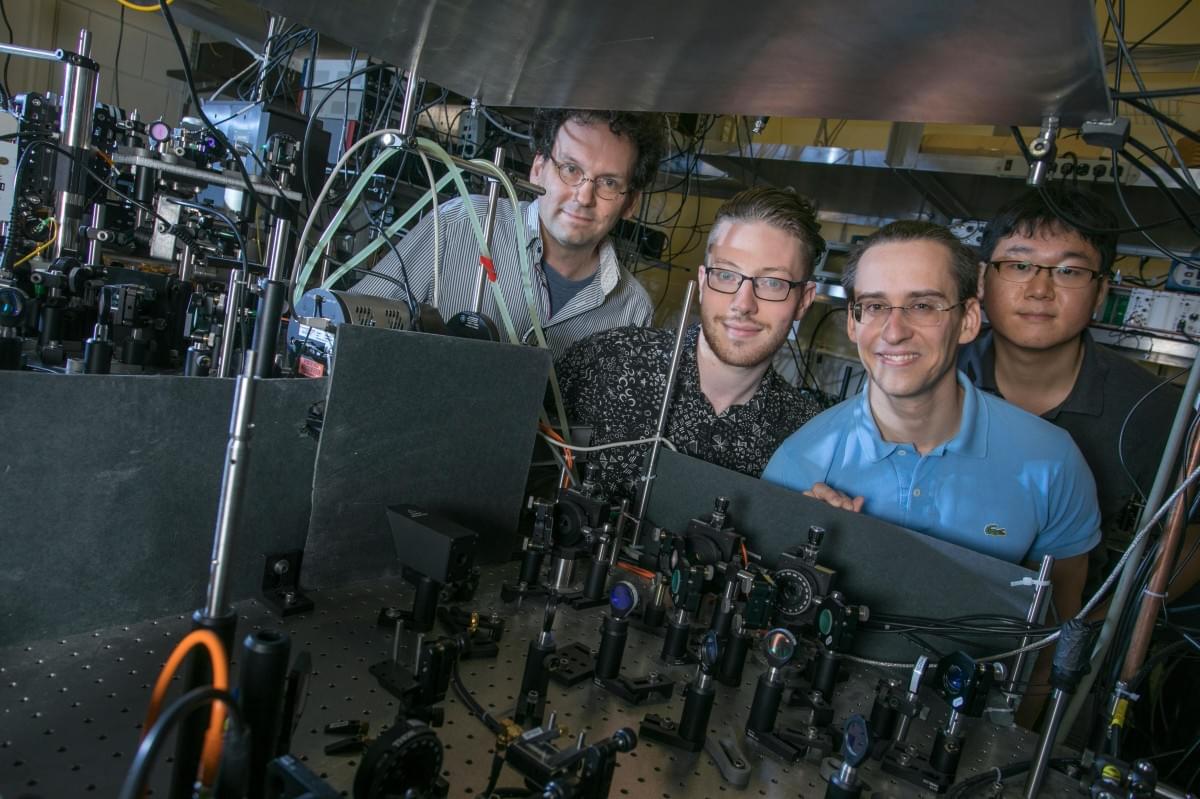This prospective study examines the association between screen time during late childhood and depressive symptoms in early adolescence and whether these associations are mediated by sleep duration and white matter organization.



The U.S. House of Representatives has formally banned congressional staff members from using WhatsApp on government-issued devices, citing security concerns.
The development was first reported by Axios.


IN A NUTSHELL 🌌 The Hercules-Corona Borealis Great Wall is the largest known structure in the universe, spanning 62 billion light-years. 💥 Gamma-ray bursts serve as cosmic lighthouses, helping astronomers map distant regions of the universe. 🧐 This discovery challenges the cosmological principle, which assumes the universe is homogeneous and isotropic on large scales. 🔭


Small telescopes in Chile are first on Earth to cut through the cosmic noise. For the first time, scientists have used Earth-based telescopes to look back over 13 billion years to see how the first stars in the universe affect light emitted from the Big Bang.
Using telescopes high in the Andes mountains of northern Chile, astrophysicists have measured this polarized microwave light to create a clearer picture of one of the least understood epochs in the history of the universe, the Cosmic Dawn.
“People thought this couldn’t be done from the ground. Astronomy is a technology-limited field, and microwave signals from the Cosmic Dawn are famously difficult to measure,” said Tobias Marriage, project leader and a Johns Hopkins professor of physics and astronomy. “Ground-based observations face additional challenges compared to space. Overcoming those obstacles makes this measurement a significant achievement.”


A study published in Astronomy & Astrophysics by a researcher from the Xinjiang Astronomical Observatory (XAO) of the Chinese Academy of Sciences has provided new insights into the phenomenon of “pulse nulling”—a sudden cessation of the entire radio pulsed emission observed in over 200 pulsar manifests.
This event, which can last from a few rotations to several minutes, is suggested to be random, but its statistical distribution may hint at deeper patterns in pulsar emission behavior.
Pulse nulling is quantified by the nulling fraction (NF), defined as the proportion of pulses during which no detectable emission occurs. While NF varies from one pulsar to another, recent studies demonstrate a decreasing number of pulsars with increasing NF, suggesting certain underlying patterns for nulling.

